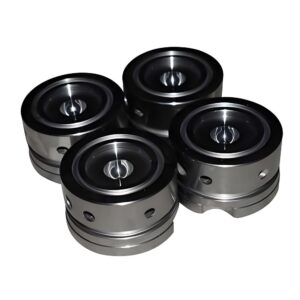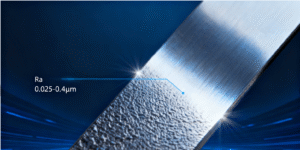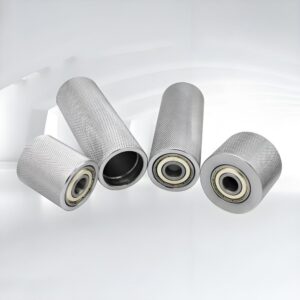What Is Silicone? A Material with Endless Possibilities
Silicone is a synthetic polymer widely recognized for its durability, flexibility, and resistance to extreme environments. Unlike natural rubber or traditional plastics, silicone maintains its performance under harsh conditions, making it indispensable in automotive, aerospace, healthcare, and precision machining.
Its popularity also lies in its ability to be molded into complex shapes with tight tolerances, making it ideal for seals, gaskets, and intricate machine components. Whether for small-scale prototyping or large-scale industrial production, silicone adapts with ease.
What Is Silicone Made Of? Breaking Down Its Composition
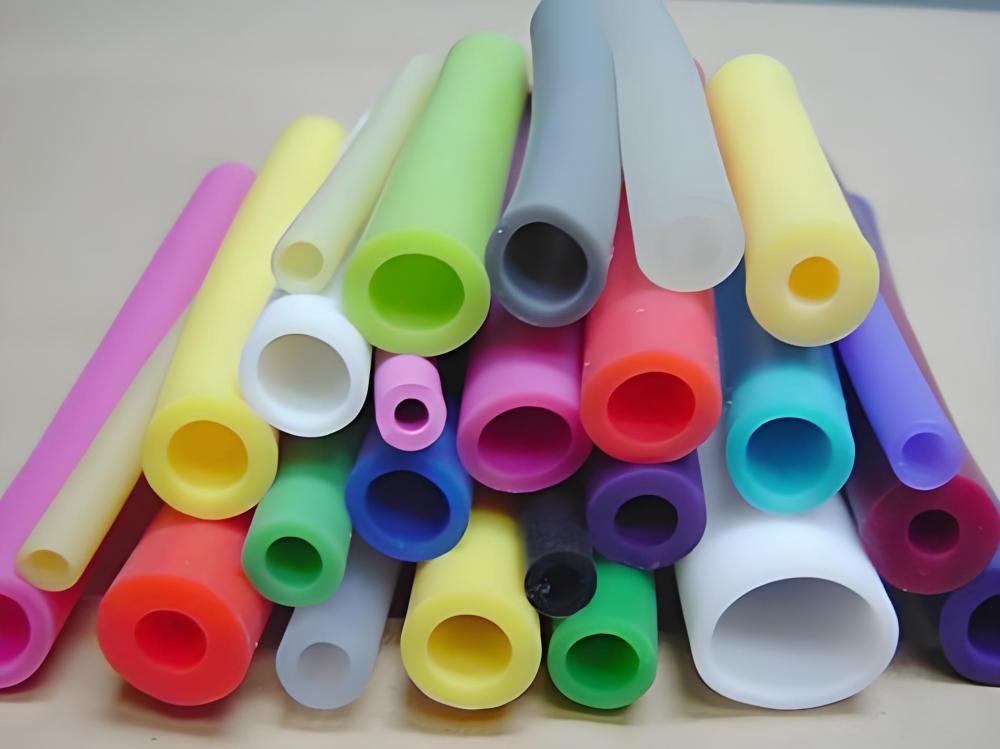
Silicone is primarily derived from silica, a naturally occurring mineral found in sand and quartz. The process involves:
- Extracting silicon from silica.
- Combining it with oxygen, carbon, and hydrogen to create polydimethylsiloxane (PDMS).
- Enhancing the polymer with fillers or catalysts for properties like heat resistance, flexibility, or chemical stability.
This unique composition is the reason silicone excels in precision machining, where reliability and durability are non-negotiable.
Properties of Silicone: Why It Stands Out
Silicone’s physical and chemical properties explain why it outperforms many other materials in machining applications.
Key Physical Properties
- Flexibility & Elasticity – Withstands repeated stress without losing shape.
- Wide Temperature Range – Performs reliably from -60°C to 230°C.
- Lightweight Yet Strong – Offers tensile strength without excess bulk.
- Low-Friction Surface – Reduces wear on moving components.
Key Chemical Properties
- Moisture Resistance – Protects against corrosion in wet environments.
- Chemical Inertness – Resists oils, solvents, and acids.
- UV & Weather Resistance – Ideal for outdoor machinery.
- Biocompatibility – Safe for medical devices and food applications.
👉 Why this matters in machining: These properties make silicone perfect for tight seals, aerospace components, and intricate machine parts requiring high precision.
What Are the Types of Silicone?
Silicone comes in several forms, each tailored to specific applications in machining and other industries. The most common types include:
Liquid Silicone Rubber (LSR)
LSR is highly fluid and ideal for injection molding, making it perfect for producing intricate parts with tight tolerances. Its fast curing time and precision make it a favorite in high-volume manufacturing.
High Consistency Rubber (HCR)
HCR is thicker and more robust, often used for compression molding or extrusion. It’s commonly found in gaskets, seals, and tubing where durability is key.
Room Temperature Vulcanizing (RTV) Silicone
RTV silicone cures at room temperature and is often used for prototyping or small-scale production. It’s popular for creating molds or flexible components.
Fluorosilicone
This type combines silicone’s flexibility with enhanced resistance to fuels and oils, making it ideal for automotive and aerospace applications.
Medical-Grade Silicone
Designed for biocompatibility, this type is used in medical devices and implants, where safety and precision are critical.
Each type of silicone offers unique benefits, allowing machinists to choose the right material for their specific needs. Whether it’s for high-precision parts or durable components, there’s a silicone variant to match.
Applications of Silicone in Machining and Beyond
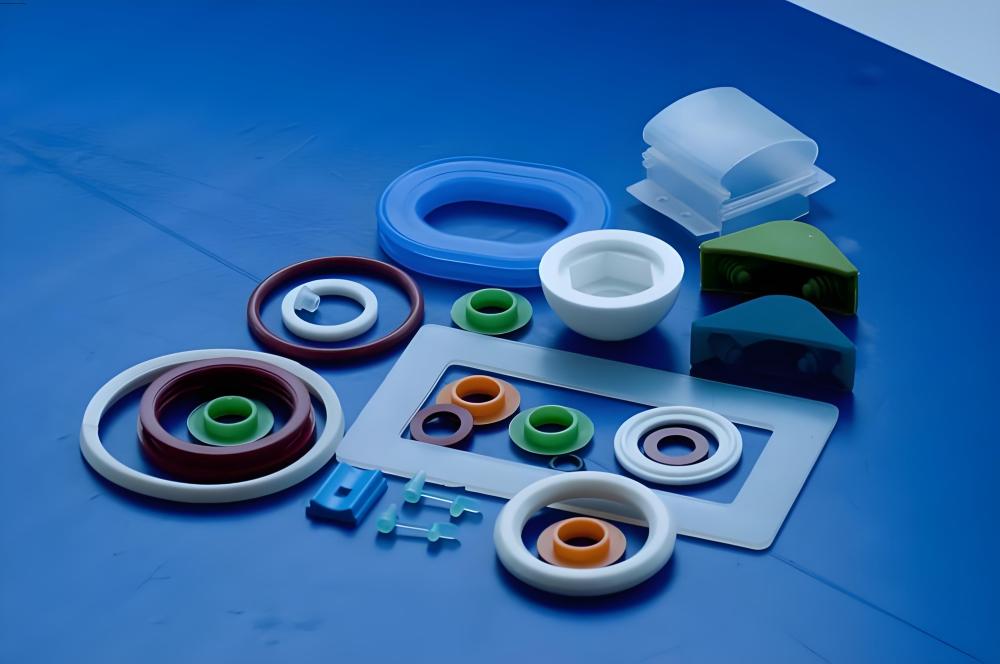
Silicone is a cornerstone material in precision machining and other industries. Common uses include:
- Seals and Gaskets – Ensuring leak-free engines and machinery.
- Tubing and Hoses – Widely used in medical, food, and pharmaceutical industries.
- Molds and Prototypes – Fast prototyping with RTV silicone.
- Insulation and Cushioning – Protecting delicate machinery and electronics.
- Medical Devices – From catheters to implants, ensuring safety and precision.
Outside of machining, silicone also powers everyday products like electronics, kitchenware, and cosmetics.
Advantages and Disadvantages of Silicone
Advantages
- High versatility across industries.
- Exceptional durability in harsh conditions.
- Elasticity for stress-bearing components.
- Biocompatibility for healthcare.
- Ease of machining and molding.
Disadvantages
- Higher cost compared to plastics and rubber.
- Lower tear strength in some grades.
- Non-conductive unless modified.
- Longer processing times for certain types
Silicone in Action: How Precionn Leverages This Material
For companies in the machining industry, silicone offers a world of possibilities. Precionn, a leader in precision machining, harnesses silicone’s unique properties to deliver high-quality components to international clients. By integrating silicone into their manufacturing processes, Precionn creates durable, precise, and reliable parts that meet the demands of industries like automotive, aerospace, and healthcare. With a commitment to innovation and quality, Precionn’s expertise in working with materials like silicone ensures that their clients receive tailored solutions that drive success.

